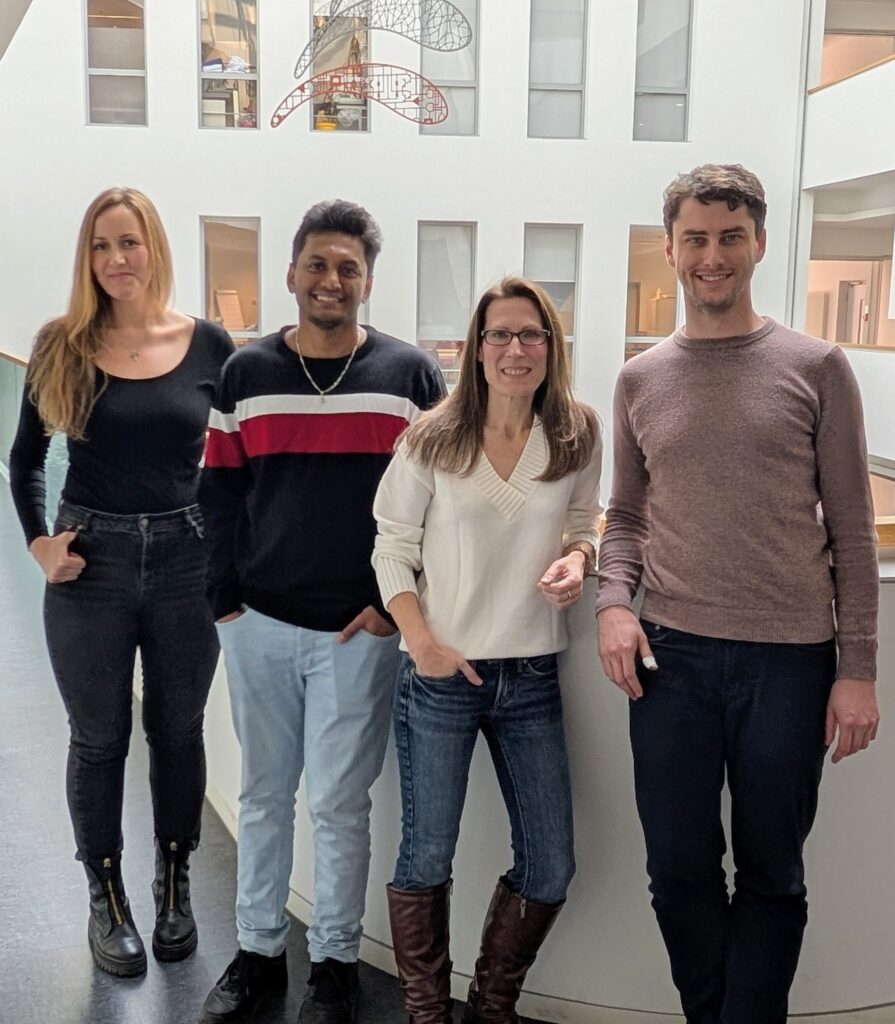Healthy aging is accompanied by widespread alterations in brain structure and function, including subtle but impactful changes at the synaptic, cellular, and network levels. Memory decline in aging, even without overt neurodegeneration, has been linked to aberrant activity within key brain circuits—particularly between the hippocampus and retrosplenial cortex (RSC), a core component of the posterior default mode network involved in episodic memory processing. In this project, we investigate how aging disrupts memory-related network function by combining in vivo two-photon Glut/GABA sensor imaging with behavioral memory tasks in mice. We focus on identifying the sources of retrosplenial hyperactivity by dissecting changes in hippocampal long-range input (glutamatergic and GABAergic projections from CA1 and subiculum) and local circuit imbalances within the RSC. Importantly, we will explore how aging alters the molecular landscape of excitatory and inhibitory signaling pathways using single cell transcriptomics and Hybridisation chain reaction—examining receptor expression, synaptic proteins, and cellular composition across age and sex. By linking behavioral impairments with changes in both neuronal activity and molecular signaling within the hippocampal–retrosplenial circuit, this work aims to reveal the synaptic and circuit-level mechanisms driving age-related memory dysfunction. Ultimately, our findings will contribute to a mechanistic understanding of network vulnerability in aging, potentially informing early intervention strategies to preserve cognitive function.
To achieve the overarching goals of Squad D, we collaborate closely with the groups of D3: Stefan Remy and D1: Anne Maass.

Project D2: Julia Henschke, Anil Menon, Janelle Pakan, Konstantin Schlaaff
